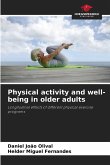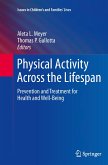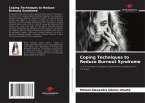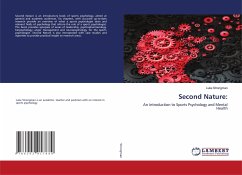How to Increase Physical Activity and Reduce Sedentary Behaviour: Applied Psychology in Motion is an important source concerning the application of psychology to the promotion of physical activity for health. It serves as a companion to the more detailed research-intensive textbook Psychology of Physical Activity. While comprehensive textbooks have their place, there is also a need for a more succinct and practical book describing important psychological constructs and how they can be applied to increase physical activity and reduce sedentary behaviour. Behaviour change does not occur in a vacuum. We also need to apply psychology within certain settings and practices. How to Increase Physical Activity and Reduce Sedentary Behaviour: Applied Psychology in Motion presents the '8 best investments' proposed by the International Society for Physical Activity and Health and applies important psychological constructs and issues to each context in an effort to stimulate behaviour change. This cutting edge book has been developed to assist individuals looking to change their activity levels, as well as those attempting to change behaviours in others. It is designed to better understand the psychological principles underpinning sedentary behaviour and physical activity for health. This new, practical guidebook delivers an applied emphasis on helping those working with individuals in health behaviour change, whilst also being accessible to members of the general public who want to know more about how to increase their physical activity. Including many applied examples, case studies, and scenarios that bring the psychology concepts to life, How to Increase Physical Activity and Reduce Sedentary Behaviour: Applied Psychology in Motion is centred around different settings where behaviour change can take place.
Bitte wählen Sie Ihr Anliegen aus.
Rechnungen
Retourenschein anfordern
Bestellstatus
Storno








